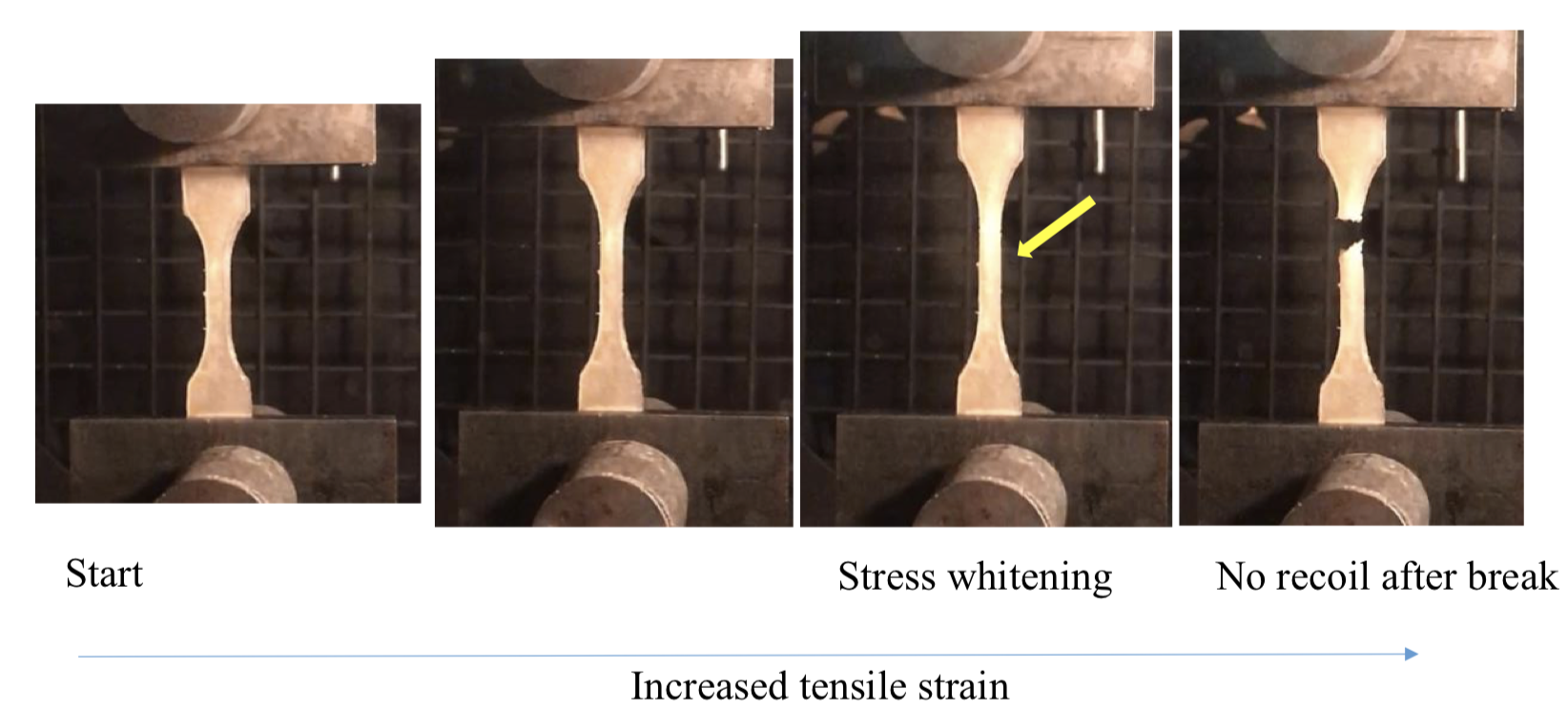Rheology of Cellulose Ether Excipients Designed for Hot Melt Extrusion

new family of cellulosic ether polymeric excipients has been recently engineered for fabrication of amorphous solid dispersions (ASDs) of active pharmaceutical ingredients (API) via hot-melt extrusion (HME). These hydroxypropyl methyl cellulose (HPMC) excipients enable plasticizer-free melt processing at much lower temperatures (135 to 160 °C) due to their substantially-reduced glass transition temperatures Tg (98 to 110 °C). The novel amorphous cellulose ethers were found to be rheologically solid-like well above their glass transition (Tg + 70 °C). We demonstrate that in pharmaceutically-relevant HME processing temperature range these polymers behave similarly to yield-stress fluids and flow only when the applied stress exceeds a critical stress value. This critical stress value (0.50 ± 0.05 MPa, 150 °C) is surprisingly high but is easily achieved at typical HME conditions. The origin of their yield stress fluid-like behavior is hypothesized to arise from hydrogen bonds of the HPMC materials that act as physical crosslinks and do not relax within the measured temperature and time window unless the applied stress exceeds the critical stress value. Supports for this hypothesis arises from infrared spectroscopic estimates of the free- and bound- hydrogen bond levels at end-use temperatures.

